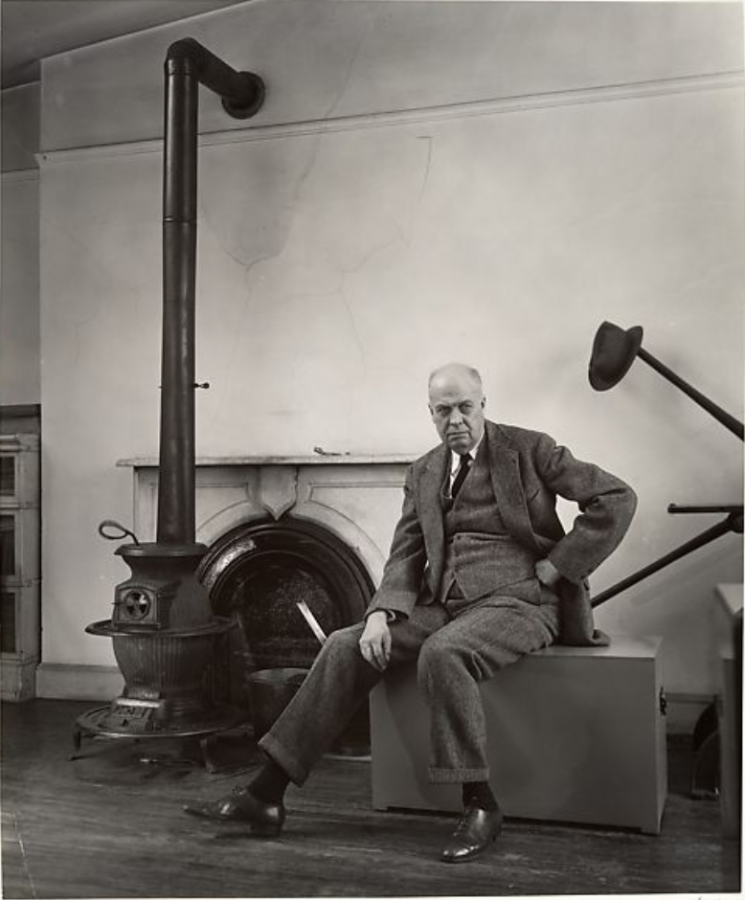Masterpiece Story: Fate of the Animals by Franz Marc
Fate of the Animals is an Expressionist masterpiece by Franz Marc that captures Marc’s admiration of animals and pessimism of...
James W Singer 9 February 2025
The time has come for young children to trade in play clothes for school clothes, tugging parents along in the quest for a routine. Meanwhile, all adults once again find themselves struggling to find a rhythm and real connections in a lonely world. No painter captures that feeling better than Edward Hopper in our masterpiece story, Sea Watchers.

Native to New York with a Dutch, English, French, and Welsh heritage, Edward Hopper had a longstanding interest in art. His talents were encouraged by his family but not without a bit of foresight; Hopper’s folks allowed him to study art with the pretext he goes into illustration, ensuring he had the means to support himself. While he came to detest that work, he eventually found success as a printmaker, specializing in etching. Later, he gained recognition as a painter and became known for his paintings of peaceful, yet eerie urban life. One of the most famous examples is Nighthawks.
Tall and lanky Mr. Hopper was known as that guy who rarely talks. So, when he does, you’d best listen to catch a nugget of wisdom. Looking at his works nowadays, you get a sense of that in his ability to capture isolation at a time when people felt much less isolated than we do – and perhaps are – now.

When I first came across Sea Watchers, I was intrigued. I wanted to know why these two people appeared so unhappy despite their beautiful surroundings. The best I can do is make a couple of educated guesses. Here’s the first: Hopper married late. Both he and his wife, fellow artist Josephine Verstille Nivison, were in their 40s when they married. Each of them had become a bit settled in their ways and struggled to find a rhythm together. Perhaps, this painting reflects that tension or the alienation we can feel even in the company of those we hold closest.
As citizens of a world where many find themselves lonely, Hopper’s knack for capturing isolation becomes relatable in an entirely different way. For many, the summer appears as a dreadful, lonely time, far from what it was once deemed as. Many continue to struggle and contemplate the realities of their situations, whether it happens as you wistfully stare at the horizon, like Hopper’s couple, or into the quiet streets outside your window.
DailyArt Magazine needs your support. Every contribution, however big or small, is very valuable for our future. Thanks to it, we will be able to sustain and grow the Magazine. Thank you for your help!